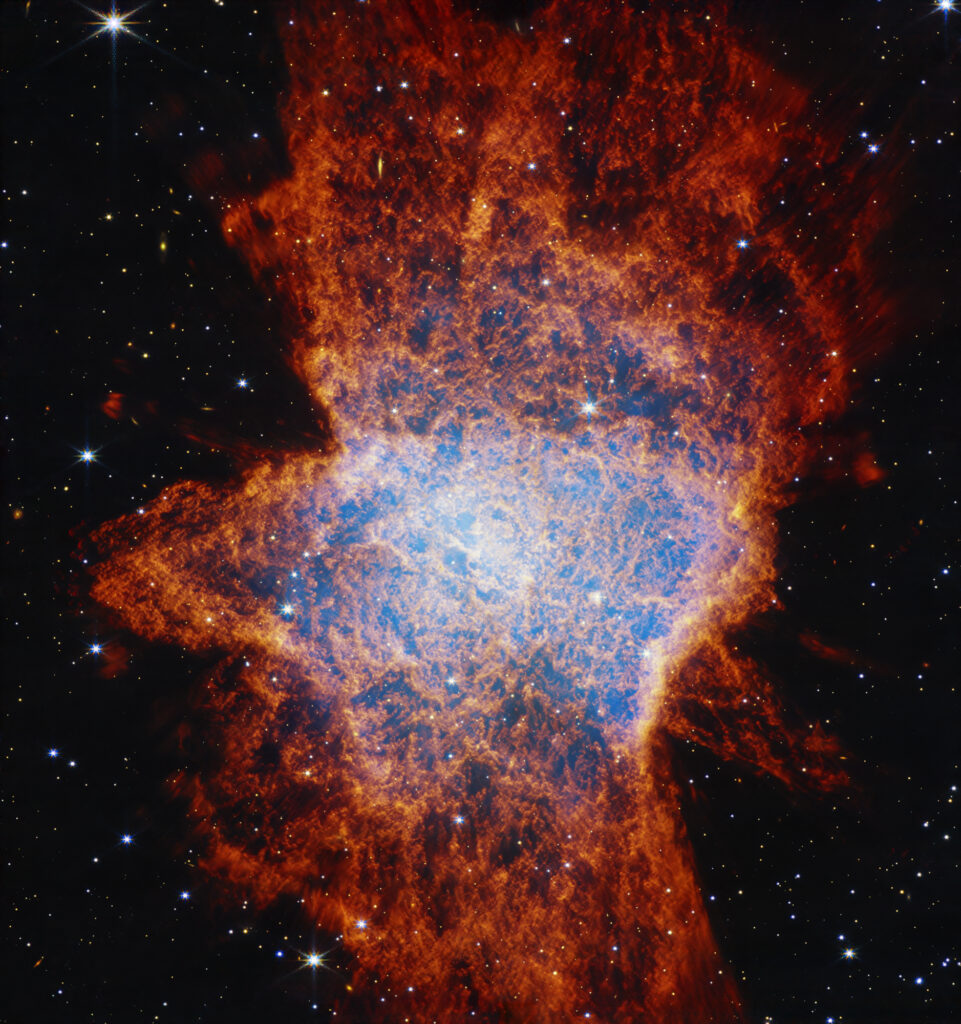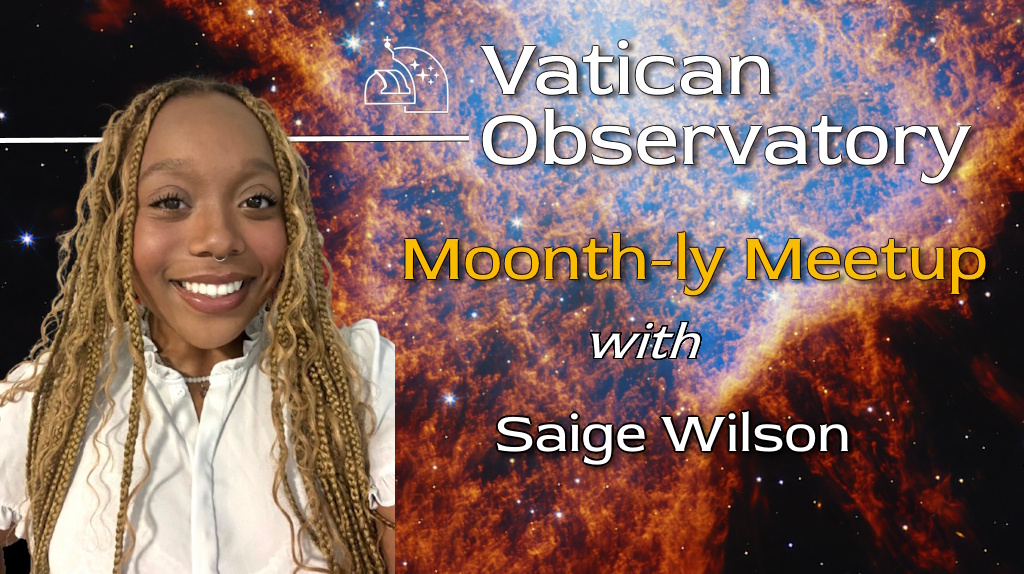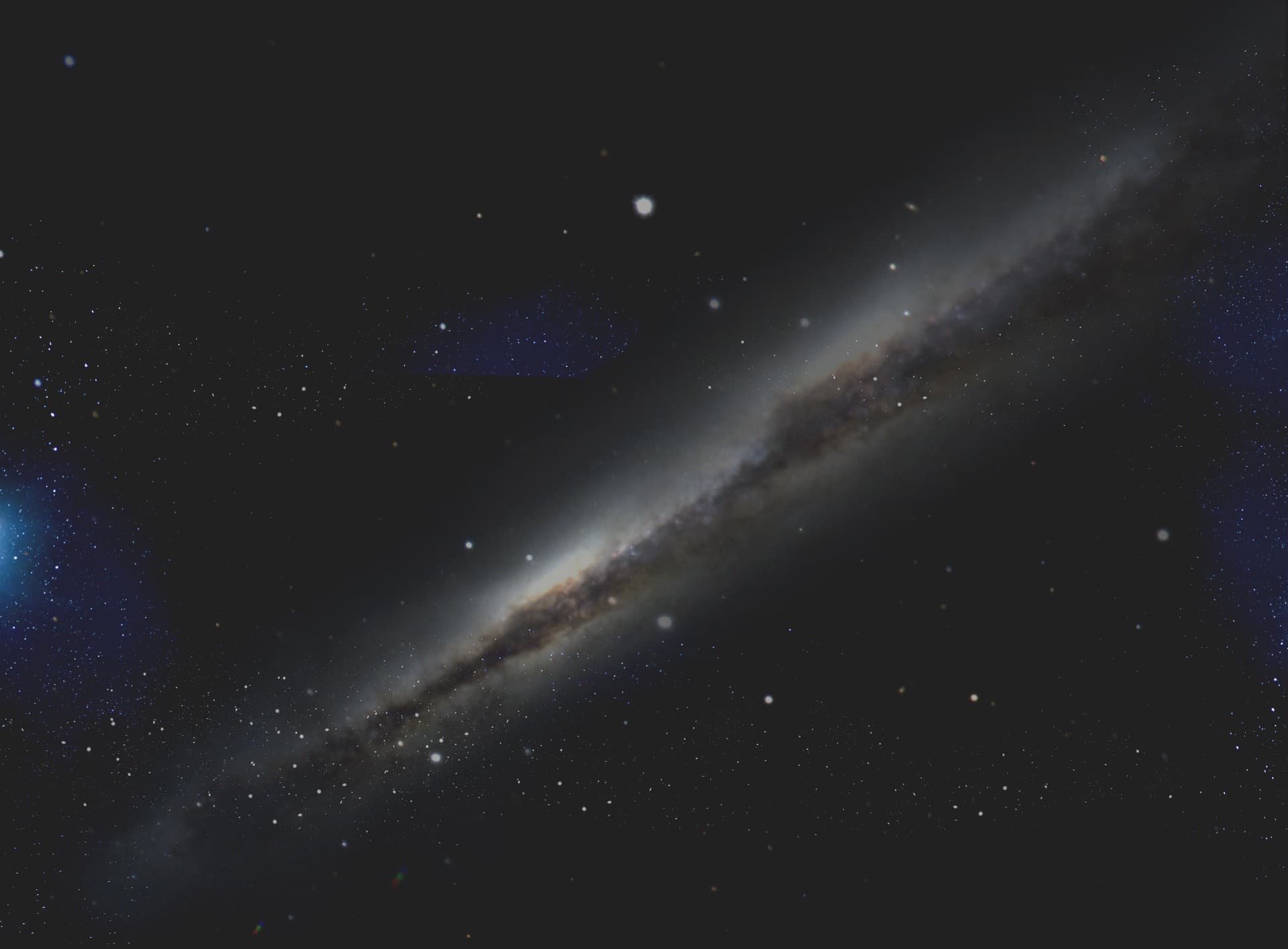Join us on August 9th for our next Full Moon-th On-line Meetup! Our guest will be Saige Wilson, a rising senior at Fordham University majoring in Film & Television with a minor in Digital Technology and New Media. Saige was our summer intern this year.
Click here to add this event to your calendar
Our tradition of hosting online meetups with our Sacred Space Astronomy members and the Vatican Observatory staff, scholars and friends during the Full Moon in Tucson (or thereabout) continues on August 9, 2025 at 12:00 Noon ET, 9:00 AM Tucson time (with daylight savings time), or 16:00 UTC.
This meetup is a perk for our Sacred Space Astronomy subscribers- you get to chat with each other, and astronomers and scientists from the Vatican Observatory!
We’ll also have the latest astronomy news and an update about the Vatican Advanced Technology Telescope1.
Saige is passionate about storytelling, creative communication, and making science accessible online. A New Jersey native, she has developed content for Fordham’s Mode Magazine, served as a videographer for the Fordham Dance Team, and held an internship role at the International Academy of Television Arts & Sciences.
For the Vatican Observatory Foundation, she has strengthened our Instagram and Facebook presence, creating unique content, growing our Instagram reach by 68% this month!
When? Saturday August 9, 2025: Rain or shine
What time? These meetups will happen around lunch time in North America: in particular, 9:00 am Tucson time, which is 12:00 PM Eastern Standard Time.
How do you access these meetups? Join Sacred Space Astronomy and you’ll get an email with the full link! If you are already a member, you can also log into this website, and the link will be visible below.
About the cover image background

Caption: NASA’s James Webb Space Telescope’s view of planetary nebula NGC 6072 in the near-infrared shows a complex scene of multiple outflows expanding out at different angles from a dying star at the center of the scene.
There is one stretching from roughly 11 to 5 o’clock, another from 1 to 7 o’clock, and possibly a third from 12 to 6 o’clock. These outflows push gas toward the equatorial plane, forming a disk that appears to span from 9 to 3 o’clock.
Astronomers suspect there is at least one other star interacting with the material cast off by the central dying star, creating the abnormal appearance of this planetary nebula.
In this image, the red areas represent cool molecular gas, for example, molecular hydrogen.


